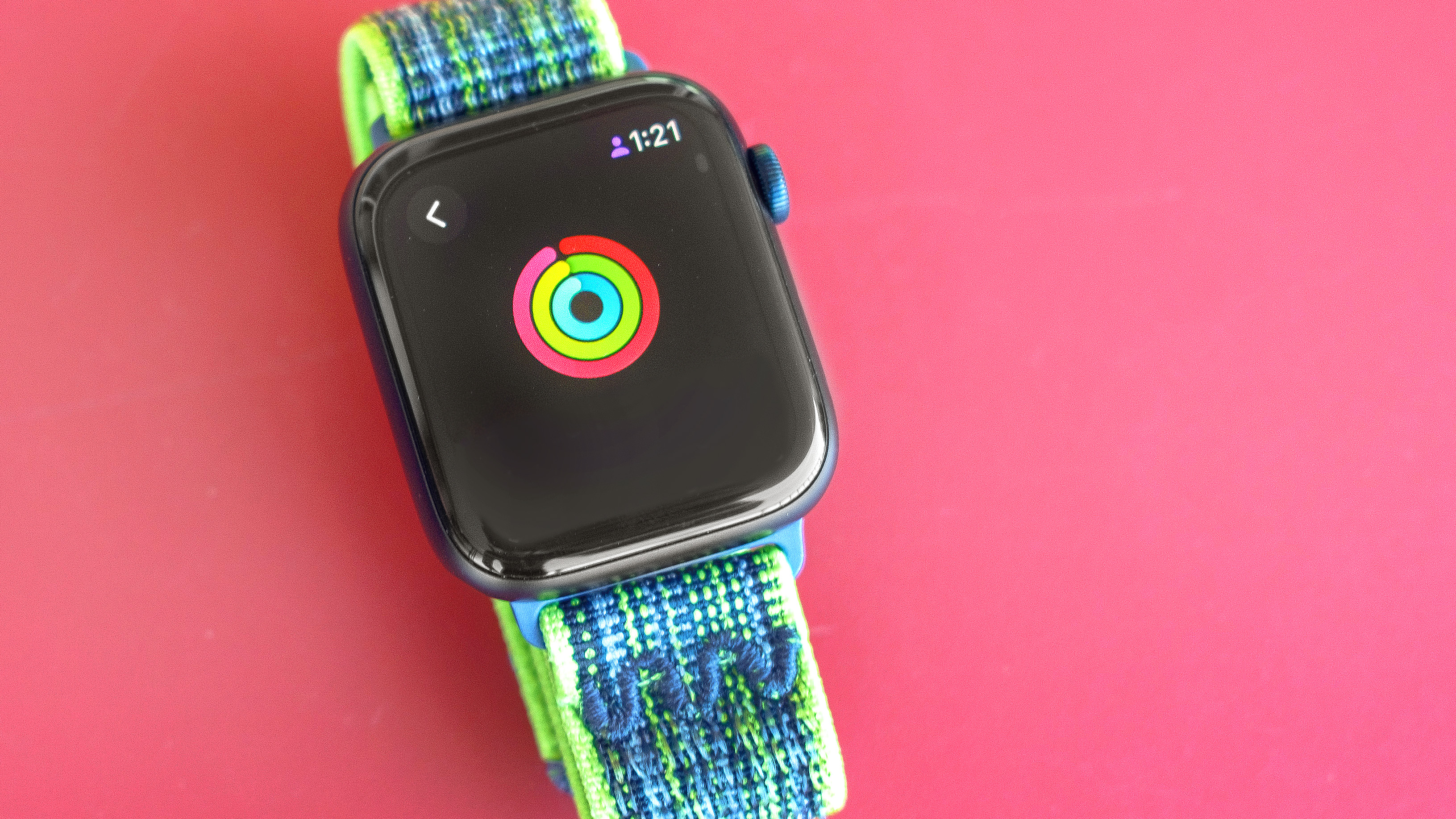Buying a new TV? Watch out for this HDMI 2.1 trap
And watch out when you're getting a gaming monitor too!

HDMI 2.1 has been heralded as a bit of a must-have in any new TV or monitor thanks to its 48 Gbps bandwidth enabling it to deliver resolutions of up to 10K and 120Hz refresh rates when engaging in high-frame rate gaming. And the option for variable refresh rates (VRR) and automatic low latency mode (ALLM) are also appealing, especially for owners of the Xbox Series X and PS5.
However, it’s all arguably a bit of a lie; at least in some cases. A report by TFTCentral has uncovered that HDMI 2.1 isn’t actually an upgrade over HDMI 2.0 — a more common port version in many TVs and monitors — but a complete replacement for it.
That doesn't sound like reason for concern, after all technologies often succeed and replace older versions.
But TFTCentral approached the HDMI Licensing Administrator to flag that an HDMI 2.1 monitor being sold by Xiaomi had no support for HDMI 2.1 features. It was expected this would kick up a stink, but it’s in fact totally fine.
That's because by having HDMI 2.1 replace rather than upgrade HDMI 2.1, the HDMI Licensing Administrator opened the door for TV and monitor makers to label their screens as HDMI 2.1 compatible even when they have none of the desirable features.
"Products can no longer get certified for 2.0 only for 2.1, and also 2.1 features are optional to implement, so popular features like 4k120, ALLM, VRR are not required," Brad Bramy, VP of marketing and operations for the HDMI LA told Ars Technica. "Manufacturers could only implement eARC, for example, and claim to be a 2.1-enabled device."
If you’re getting a whiff of the brown stuff here, then we can’t blame you. Port standards are already complicated enough; just look at how many different things USB-C can support but doesn't always do so.
Sign up to get the BEST of Tom's Guide direct to your inbox.
Get instant access to breaking news, the hottest reviews, great deals and helpful tips.
HDMI is not any easier, especially for folks who might not be tech savvy. For example, to get the HDMI 2.1 benefits of the Xbox Series X or PS5 you need to make sure you’re using the HDMI cables they have been bundled with; to the layperson this isn’t hugely clear. Add on top that HDMI 2.1 labelled devices might not actually support the whole suite of standards for the connection, and you’re looking at a thick soup of potential confusion.
Now manufacturers wishing to use the HDMI 2.1 standard do need to be clear on what features their take on it supports, as required by the HDMI Adopter Agreement. And the upcoming HDMI 2.1a standard, which supports Source-Based Tone Mapping, is sure to cause additional head scratching. But again this does little to help squash the potential for confusion.
So what’s the solution? Ideally, standard bodies will get more stringent with the rules and requirements of what can be dubbed HDMI 2.1 or USB 3.2 Gen 2 in the near future.
But that could be wishful thinking. So our suggestion is to really read the fine print of the product you’re buying and double check that you are getting what you’d expect from an HDMI 2.1 TV or monitor.
As self-serving as this may sound, do look at Tom’s Guide for guidance. We have a bounty of TV and monitor reviews, and our lists for the likes of best HDMI 2.1 TVs, best gaming TVs, best monitors, and best gaming monitors will have you covered. We also work hard to demystify some of the connections standards and display tech being used, so you can get an idea for what’s good for you and what might be superfluous.
If nothing else, feel free to contact us for our advice and guidance; you can email the appropriate editor or writer, or tweet us @tomsguide.
Roland Moore-Colyer a Managing Editor at Tom’s Guide with a focus on news, features and opinion articles. He often writes about gaming, phones, laptops and other bits of hardware; he’s also got an interest in cars. When not at his desk Roland can be found wandering around London, often with a look of curiosity on his face.

